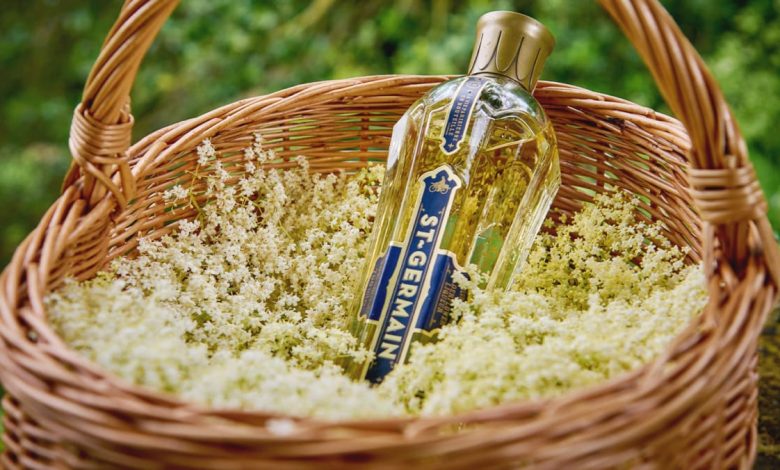How St-Germain turned a tiny wildflower into the darling of the cocktail world

Summertime in Europe means certain things. One of these is the Aperol Spritz – it’s no exaggeration to say you can’t take two steps in Paris or Rome in June without encountering the nuclear-orange aperitivo that shouts “European Summer” as much as sunshine and sweaty tourists.
But I’m here to make the case for Aperol Spritz’s chic cousin, the Hugo Spritz. Let’s put it this way: If the Aperol Spritz were a sundress, then Hugo Spritz is a silk T-shirt, equally breezy but with a touch of glossy refinement about it. Said to have been invented in northern Italy by bartender Roland Gruber, the Hugo Spritz features St-Germain elderflower liqueur as well as prosecco, soda and fresh mint leaves. Typically served in a large ice-filled wine glass, it’s fizzy and refreshing, has a beguilingly delicate floral and herbaceous flavour and makes for very easy sipping.
FROM COUNTRY LANES TO CITY BARS
While St-Germain is the world’s first elderflower liqueur, people have long known about the elder tree, which grows wild throughout Europe and greets spring with huge but fleeting clusters of tiny white blooms from late May to early June. Elderflower cordial (a mixture of sugar, elderflowers and water) dates back to Roman times and there’s been a recent surge in interest, thanks to Prince Harry and Meghan Markle’s wedding cake (which used 10 bottles of Sandringham elderflower cordial) and the Harry Potter universe (its most powerful wand being crafted from elder wood). But it’s fair to say the elderflower truly entered its Renaissance period with St-Germain’s debut in 2007.
Created by third-generation American distiller Robert J Cooper (who eventually sold it to drinks giant Bacardi), St-Germain launched when cocktail culture (and its thirst for new, novel flavours) was on the rise. With its fresh yet delicate natural sweetness and winsome pear and honeysuckle notes, St-Germain possessed an uncanny knack for enhancing every drink, making it so popular that it became known as “bartender’s ketchup”.
AN ODE TO FRENCH JOIE DE VIVRE
There’s no better place to start delving into this versatile elixir than its Parisian namesake, Saint-Germain-des-Pres. Part of the city’s 6th arrondissement, the quarter’s main claim to fame is as a creative epicentre for the French existentialist movement, the Ecole des Beaux-Arts and numerous renowned bookstores and cafes, one of which is the small but atmospheric Les Deux Magots, the former rendezvous of the city’s cultural elite like Ernest Hemingway, Pablo Picasso and Jean-Paul Sartre. It was also our first stop where Franck Dedieu, St-Germain’s energetic global brand ambassador, regaled us over petite salvers of French olives and effervescent Hugo Spritzes with colourful anecdotes about the “rule breakers, perpetual creativity and the crazy years” that once ruled here.

